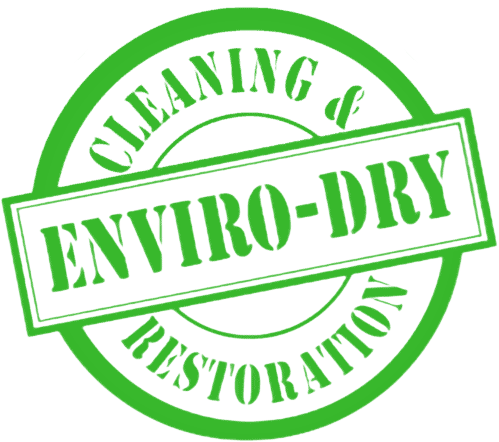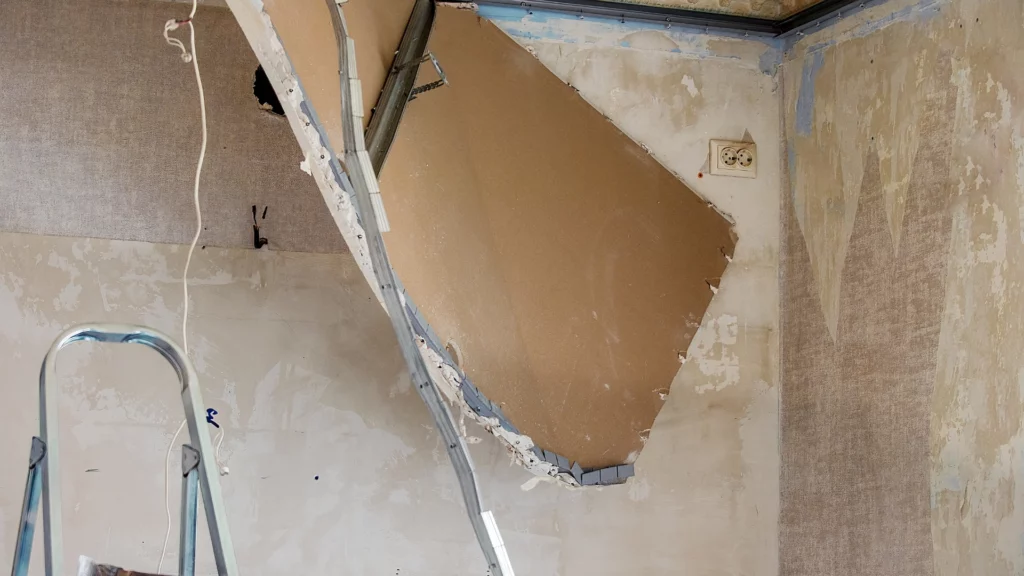You are just one spore away from a full-on mold infestation. Mold is a very common problem in many households, mainly due to lacking upkeep and excessive moisture. Mold Remediation is a common answer to this.
As long as the mold spores in the air are inactive, they are harmless. Once they land and settle on a damp spot, they grow into active mold. Not only does mold grow to look nasty, but it can also cause various health problems.
It can cause various skin and respiratory problems and even neurological issues. For that reason, it is essential to identify mold growth as soon as possible and eradicate it. You can’t possibly eliminate mold once and for all, as it is a natural part of the ecosystem. But, you can eradicate the problem and eliminate, to a certain extent, any chance it has of spreading and harming your health and that of your family in the process.
The best and most effective solution when it comes to mold infestation is remediation.
What Is Mold Removal?
Mold removal is often confused with mold remediation. Mold removal is the simple process of removing it. It is many people’s first course of action at the sight of fungus spores. While mold removal makes it seem like it has been dealt with, it doesn’t address the core problem. For that reason, the mold resurfaces and flares up. Identifying every source of the mold is an extremely important first step. After that comes the remediation.
What Is Mold Remediation?
Mold remediation uses different processes to eliminate and control mold growth. Unlike mold removal, remediation is best done by a professional restoration company. Depending on the type and location of the mold, the professional restoration company may decide to undergo mold testing, removal, demolition, sanitization, containment, and clean-up.
The Mold Remediation Process
The mold remediation process is unique to every situation. However, here are the fundamental steps involved in the mold remediation process.
Mold Testing
Mold testing is done to determine the best possible approach. It involves inspecting and assessing the property to understand the type and the extent of the growth.
Mold Containment
Mold, when triggered, produces more spores. That is usually when most people try to remove it. The new spores move in the air and later settle on the surfaces causing mold growth in other areas. It is important to isolate the contaminated areas to prevent this from happening.
Clean-Up and Air Filtration
The cleaning varies depending on the mold location. If the growth occurs on non-porous or semi-porous material, it requires a controlled clean-up process. When cleaning up mold, it is essential to prevent the spores from being released into the air.
Mold Disposal
Just like cleaning up, mold disposal and removal are equally critical. However, disposal usually depends on the material the mold grows on. Disposal is required when the mold grows on a porous surface or material.
Sanitization
A thorough sanitization is the next step after cleaning up and disposing of the mold and any affected materials. It aims to eliminate any chances of regrowth down the line. Sanitization involves cleaning up all the affected areas, including walls, curtains, floors, ceilings, and furniture. After the clean-up, deodorization is also done to eliminate the odors.
Mold requires a proper solution to control its growth. If not dealt with on time, mold growth can affect your house and your health. It is best to get help from an expert mold restoration company to eliminate the problem. Call us today at 816-654-5067 to schedule a consultation, and we’ll discuss the best course of action for remediating your mold issue. Thanks for considering Enviro-Dry!

